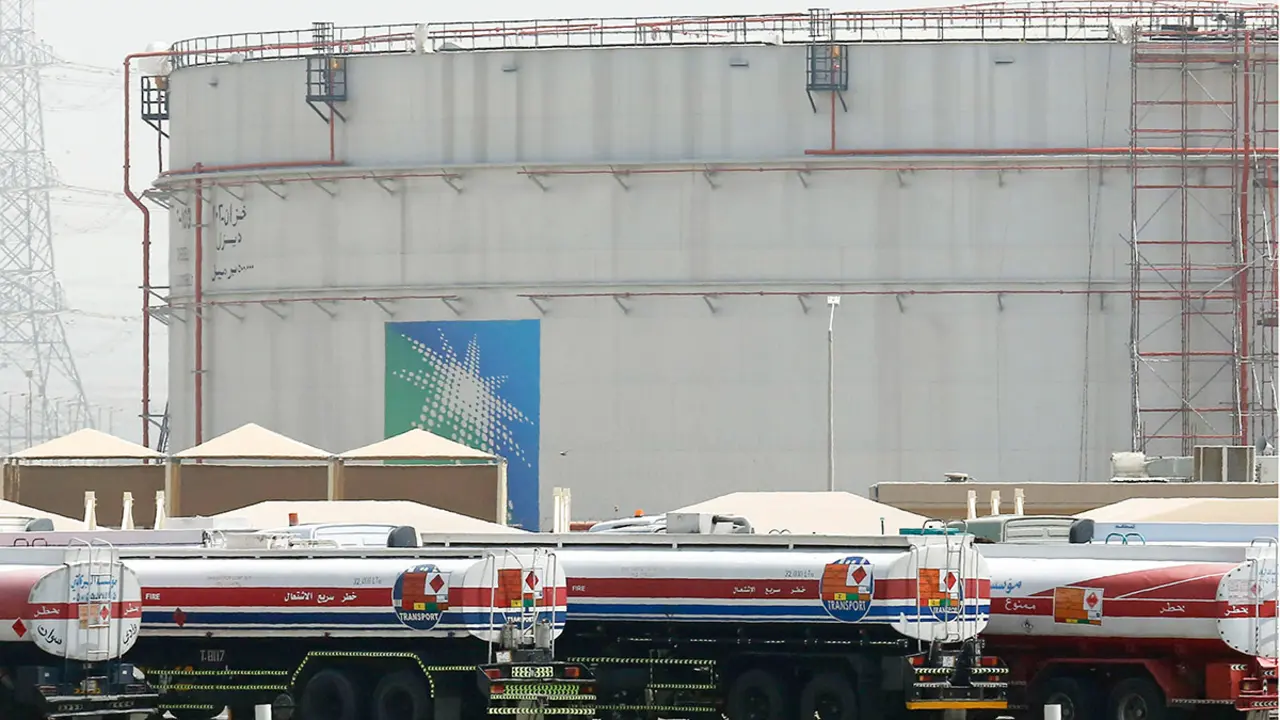Durum wheat prices rise in Morocco due to falling production in Canada

Climate change is beginning to seriously affect international agricultural production. According to a press release by Abdul Qadir Al-Alawi, president of the National Federation of Moroccan Mills, the price of durum wheat (used to extract semolina flour, which is used to make pasta products and couscous) has risen sharply in recent months.
As Al-Alawi points out, the traditional wheat market is very stable, with the price per quintal reaching a maximum of 300 dirhams (27.4 euros), while world markets are seeing a clear rise in durum wheat prices, which are currently around 600 dirhams (54.8 euros).

"This issue is mainly related to the climatic problems experienced by Canada, as the world's leading supplier of durum wheat," explains the statement of the National Millers' Federation.
Indeed, wheat production in Canada is in a critical situation, due to the low levels of rainfall that have been recorded over the last few months.
Specifically, in the Canadian provinces of Alberta and Saskatchewan, which account for 78% of the country's wheat production, the situation is very worrying because of drought and rising temperatures. Experts warn that the soil moisture index in these regions is the lowest in the last five years.

The shortfall in durum wheat production in Canada due to the drought has had a knock-on effect, pushing up the price of durum wheat in Morocco, as well as that of its by-products.
The problem, Abdul Qadir Al-Alawi explains, is that it is not possible to replace imports of Canadian durum wheat with other suppliers, due to the high dependence of Moroccan consumers on this product.
Canadian durum wheat is processed in Morocco into semolina and couscous pasta products, which are then exported to several European countries, where they have a solid reputation.

Morocco's durum wheat stock situation is also critical: according to Al-Alawi, domestic stocks will barely last two to three months at most.
The country suffered one of the worst droughts in decades last year, resulting in a 60 per cent drop in cereal production, from 10.4 million tonnes in 2021 to just 3.3 million tonnes.

In addition, over the past year, Morocco has also had to contend with record high prices for traditional wheat following Russia's invasion of Ukraine, which has shaken up the global wheat trade.
According to the latest US Department of Agriculture figures, Morocco is expected to produce around 3 million tonnes of common wheat, 1 million tonnes of durum wheat and 1.3 million tonnes of barley this year.








